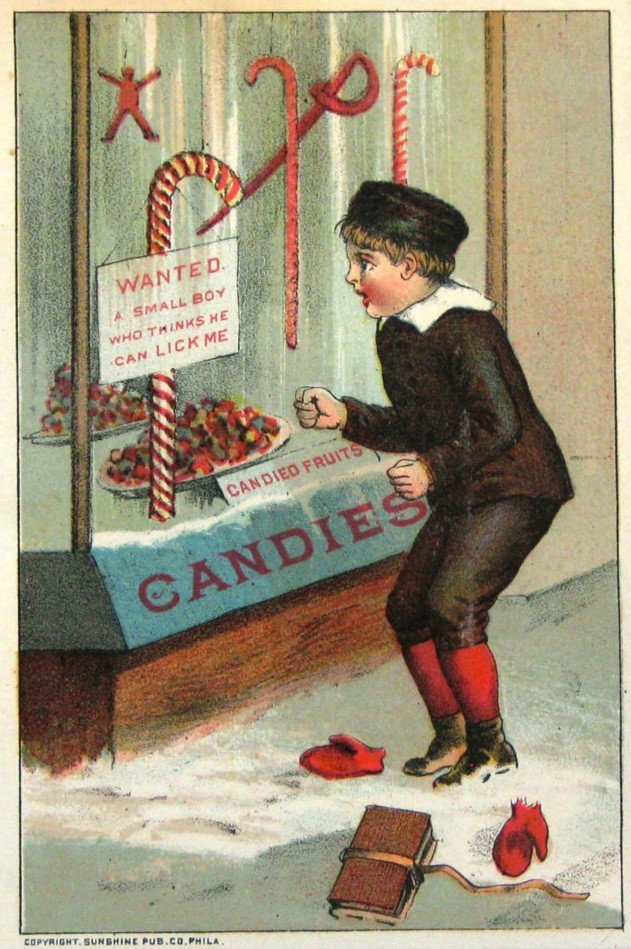Ancient Tradition And True Meaning Of Candy Canes
Ellen Lloyd - AncientPages.com -Have you ever wondered what’s behind the ancient Christmas tradition and the true meaning of candy canes?
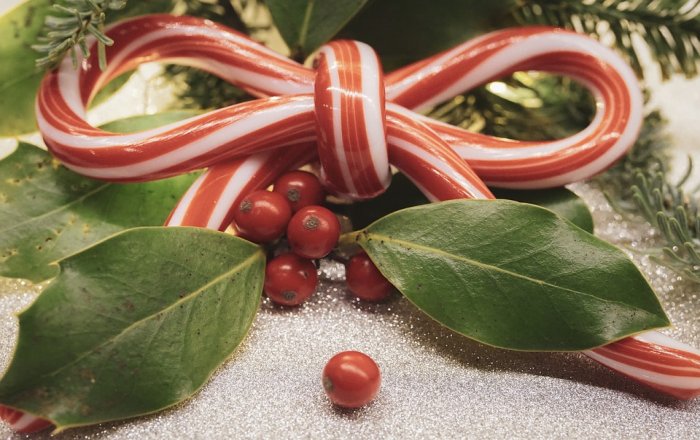 Candy Cane. Image credit: suju-foto - pixabay
Candy Cane. Image credit: suju-foto - pixabay
Due to the J-shape, many people associate candy canes with the name Jesus, but that is wrong. The shape was meant to represent the crooks of the shepherds to whom the angel announced the first Nativity.
The candy cane began as an all-white, straight sugar treat and is believed to have been invented by French priests in the early 15th century.
The choirmaster purportedly passed out the confections to young children attending the services at the living creche, or Nativity scene, to keep them quiet during the long ceremony.
The idea was successful, and the custom of passing out the treats at such ceremonies became popular.
By the 16th century, the decorating of Christmas trees, which had begun in Germany, had also become popular in other parts of Europe. Early trees were adorned with fruits, colored paper, flowers, and candy. The straight, white candy sticks were one of the items used in garnishing the trees.
An early image of candy canes. Image credit: Sunshine Pub.Co.Phila. - Sunshine Pub.Co.Phila.
The tradition was brought to Ohio, USA, by August Imgard, a German immigrant, who is generally credited with being the first person in America to decorate a Christmas tree with candy canes. Gregory Keller, a Catholic priest and brother-in-law of Bob McCormack, invented the first candy cane machine.
Bob McCormack’s company, Bob’s Candies, became the major candy cane manufacturer. In time, the canes grew in size. The largest of them was made by candy shop owner Paul Ghinelli in 2001. It measured in at 58 ft. and 2.25 inches (17.74 meters).
Shaped sugar treats were probably the earliest form of candy. Families with access to sugar, corn syrup, cream of tartar, flavoring, and coloring made candy canes at home.
The colored stripe and flavor were added later in the candy cane’s history. The curve at the top of the cane, making it look like a shepherd’s crook, was not intended to make it easy to hang on people’s Christmas trees, as some think.
Needless to say, candy canes have become popular among children and adults, which is why approximately 1.76 billion candy canes are produced yearly.
Written by Ellen Lloyd – AncientPages.co
Updated on December 23, 2023
Copyright © AncientPages.com & Ellen Lloyd All rights reserved. This material may not be published, broadcast, rewritten or redistributed in whole or part without the express written permission of AncientPages.com and Ellen Lloyd
Expand for referencesMore From Ancient Pages
-
 7,000-Year-Old Native American Underwater Burial Site Discovered Off The Coast Of Florida
Archaeology | Mar 3, 2018
7,000-Year-Old Native American Underwater Burial Site Discovered Off The Coast Of Florida
Archaeology | Mar 3, 2018 -
 Mother, Father, Child, Marriage And Divorce In Viking Society
Ancient History Facts | Apr 27, 2020
Mother, Father, Child, Marriage And Divorce In Viking Society
Ancient History Facts | Apr 27, 2020 -
 10 Christian Symbols Explained
Ancient Symbols | Jul 28, 2018
10 Christian Symbols Explained
Ancient Symbols | Jul 28, 2018 -
 Mysterious 2,000-Year-Old Lost City Of Natounia May Have Been Found!
Archaeology | Jul 20, 2022
Mysterious 2,000-Year-Old Lost City Of Natounia May Have Been Found!
Archaeology | Jul 20, 2022 -
 2,000-Year-Old Herculaneum Scrolls Will Be Unwrapped And Deciphered
Archaeology | Oct 8, 2019
2,000-Year-Old Herculaneum Scrolls Will Be Unwrapped And Deciphered
Archaeology | Oct 8, 2019 -
 Rare 1,000-Year-Old Viking Wooden Bowl Found By Young Boy
Archaeology | Oct 24, 2022
Rare 1,000-Year-Old Viking Wooden Bowl Found By Young Boy
Archaeology | Oct 24, 2022 -
 Neanderthals Lived Much Longer In Gipuzkoa Than Previously Thought
Archaeology | Feb 10, 2023
Neanderthals Lived Much Longer In Gipuzkoa Than Previously Thought
Archaeology | Feb 10, 2023 -
 Frigg: Chief Norse Goddess Who Knew Secrets Of Humans’ Fates
Featured Stories | Dec 13, 2022
Frigg: Chief Norse Goddess Who Knew Secrets Of Humans’ Fates
Featured Stories | Dec 13, 2022 -
 World-Famous Temple Of Bel In Palmyra, Syria – Digitally Reconstructed
News | Aug 22, 2020
World-Famous Temple Of Bel In Palmyra, Syria – Digitally Reconstructed
News | Aug 22, 2020 -
 1,300-Year-Old Paintings Depicting Eight Buddhist Saints Revealed By Infrared Cameras
News | Oct 1, 2020
1,300-Year-Old Paintings Depicting Eight Buddhist Saints Revealed By Infrared Cameras
News | Oct 1, 2020 -
 Beautiful Legend Of La Befana – Witch Who Delivers Gifts To Children In Italy On Epiphany – Twelve Days After Christmas
Ancient Traditions And Customs | Dec 3, 2017
Beautiful Legend Of La Befana – Witch Who Delivers Gifts To Children In Italy On Epiphany – Twelve Days After Christmas
Ancient Traditions And Customs | Dec 3, 2017 -
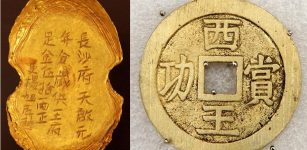 Ancient Legend Is Now Proven True: Sunken Treasure Of Gold And Silver Found
Archaeology | Mar 22, 2017
Ancient Legend Is Now Proven True: Sunken Treasure Of Gold And Silver Found
Archaeology | Mar 22, 2017 -
 Mystery Of The Neanderthals – Search For Traces Of Neanderthals’ Lives And Hints Of Their Demise
Archaeology | Sep 26, 2022
Mystery Of The Neanderthals – Search For Traces Of Neanderthals’ Lives And Hints Of Their Demise
Archaeology | Sep 26, 2022 -
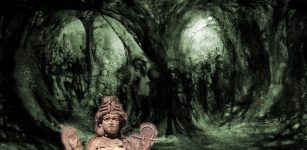 Death And Afterlife In Sumerian Beliefs
Civilizations | May 12, 2017
Death And Afterlife In Sumerian Beliefs
Civilizations | May 12, 2017 -
 Mysterious Skeleton Of Unusual Lady Anchoress Of York Barbican Discovered By Archaeologists
Archaeology | Feb 7, 2023
Mysterious Skeleton Of Unusual Lady Anchoress Of York Barbican Discovered By Archaeologists
Archaeology | Feb 7, 2023 -
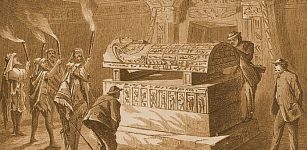 Before The Pharaohs: The Evidence For Advanced Civilization In Egypt’s Mysterious Prehistory
Civilizations | Apr 14, 2017
Before The Pharaohs: The Evidence For Advanced Civilization In Egypt’s Mysterious Prehistory
Civilizations | Apr 14, 2017 -
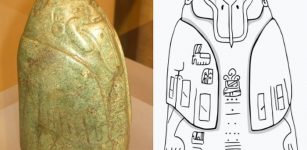 Strange Tuxtla Statuette And Its Undeciphered Inscription – An Epi-Olmec Puzzle
Artifacts | Mar 14, 2018
Strange Tuxtla Statuette And Its Undeciphered Inscription – An Epi-Olmec Puzzle
Artifacts | Mar 14, 2018 -
 Rosicrucian Secret That Was Never Meant To Be Revealed
Featured Stories | Apr 18, 2018
Rosicrucian Secret That Was Never Meant To Be Revealed
Featured Stories | Apr 18, 2018 -
 Did Lead Poisoning Cause The Fall Of The Roman Empire?
Archaeology | Oct 24, 2017
Did Lead Poisoning Cause The Fall Of The Roman Empire?
Archaeology | Oct 24, 2017 -
 Unexplained Mysteries Of The Superstition Mountains – A Gateway To Other Worlds?
Featured Stories | Dec 15, 2020
Unexplained Mysteries Of The Superstition Mountains – A Gateway To Other Worlds?
Featured Stories | Dec 15, 2020

